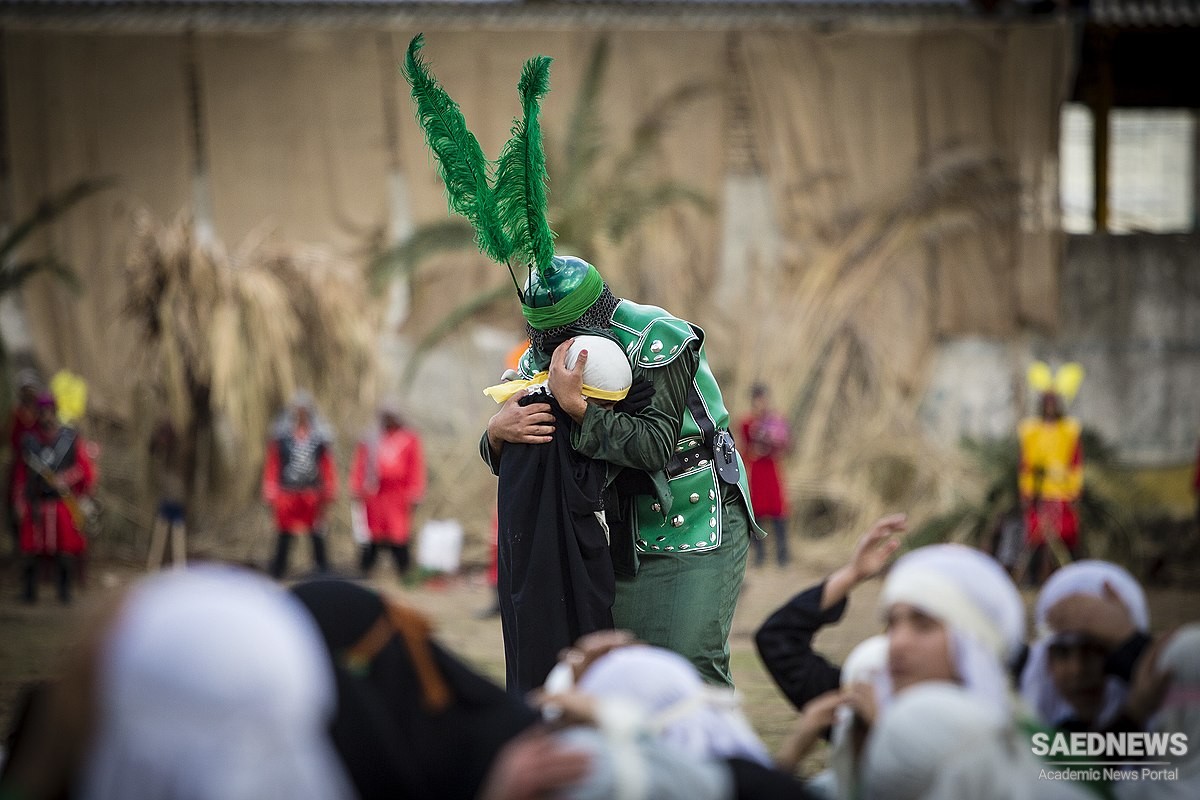Despite bonds of geography and continuity in textual tradition and in scholastic training, Shi'ism accommodated a wide range of ideas and practices across dispersed communities. To some observers, Hamilton Gibb for example, diversity meant that Shi'ism often served as an ideological blanket to cover heterogeneous trends of dissent in Islam. It is more realistic to think of it, however, as variations on a theme: a core idea and many diverse expressions. The core idea, as Shi'is denoted, was devotion to the House of the Prophet and more specifically “love for the House of 'Ali” (hubbi Al-i 'Ali). The story of the Imams, their sacred leadership of the community and their usurped right as successor to the Prophet of Islam are part of this legacy. Devotion to the House of the Prophet is evident in all doctrinal modalities of Shi'ism. We may identify at least four modes of expression at times distinct from one another but more often enmeshed and intermingled. The most prevalent, and widespread, is what may be called commemorative Shi'ism, revolving mainly around the image of Imam Husayn, the Third Shi'i Imam, and the mourning rite associated with his martyrdom in 680. Imam Husayn martyrdom was celebrated in the ceremonies of Muharram and the recitations of tragedies of Karbala and had a wide appeal to Iranian believers who commemorated it since at least the ninth century. Commemorating the martyrdom of a fallen hero is not without precedent in pre-Islamic Iran. The mourning for the murder of Iraj – the primordial representation of Iran – is seminal to the Shahnama. More distinct is the martyrdom of the prince Siyavush in the Shahnama, who falls victim to a sinister plot. The collective memory of his martyrdom, the rite of Suvashan, was celebrated as late as the early Islamic centuries. The Husayn cult was urban as well as rural, intense and emotional and invariably tied up with the grassroots Muharram mourning.


 Shia Islam and Formation of Iranian Peoplehood
Shia Islam and Formation of Iranian Peoplehood














































